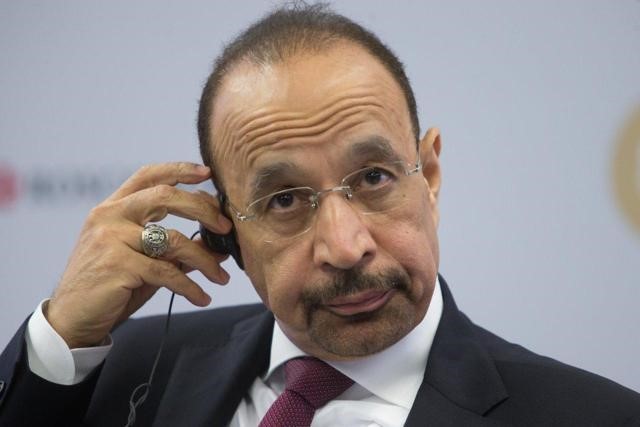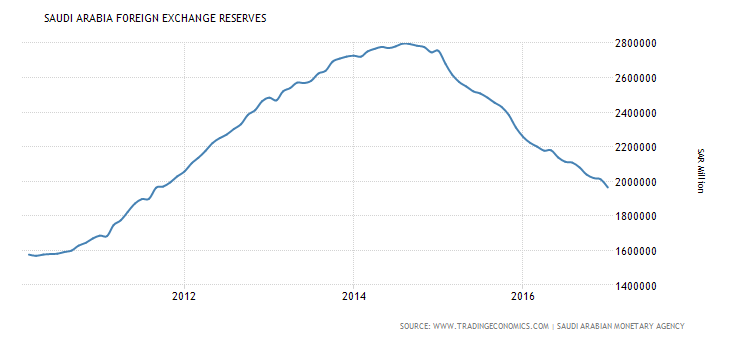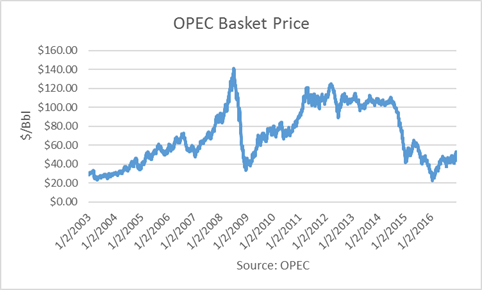
On July 24th, Saudi energy minister, Khalid Al-Falih, announced that Saudi Arabia would limit its exports to 6.6 million barrels a day (mmbd) in August. He noted that other producers were still exporting larger volumes of oil than their production cuts imply.
“We are not doing this to allow other countries to free ride and undercut the agreement by overproducing,” said Mr. Al-Falih, reflecting a high level of frustration. Observers described Mr. Al-Fahil as “very nervous” over the weekend.

Saudi Energy Minister Khalid Al-Falih. PHOTO: IGOR RUSSAK/ZUMA PRESS
I believe he sensed or was advised that oil prices may drop precipitously if OPEC only reported continued-high compliance. Last Friday, John Kilduff had said this was a “make or break” meeting, and “that if nothing comes out of this meeting, the cartel and Russia will be punished mightily.” Continue reading "Analysis Of Saudi Export Reduction For August"


